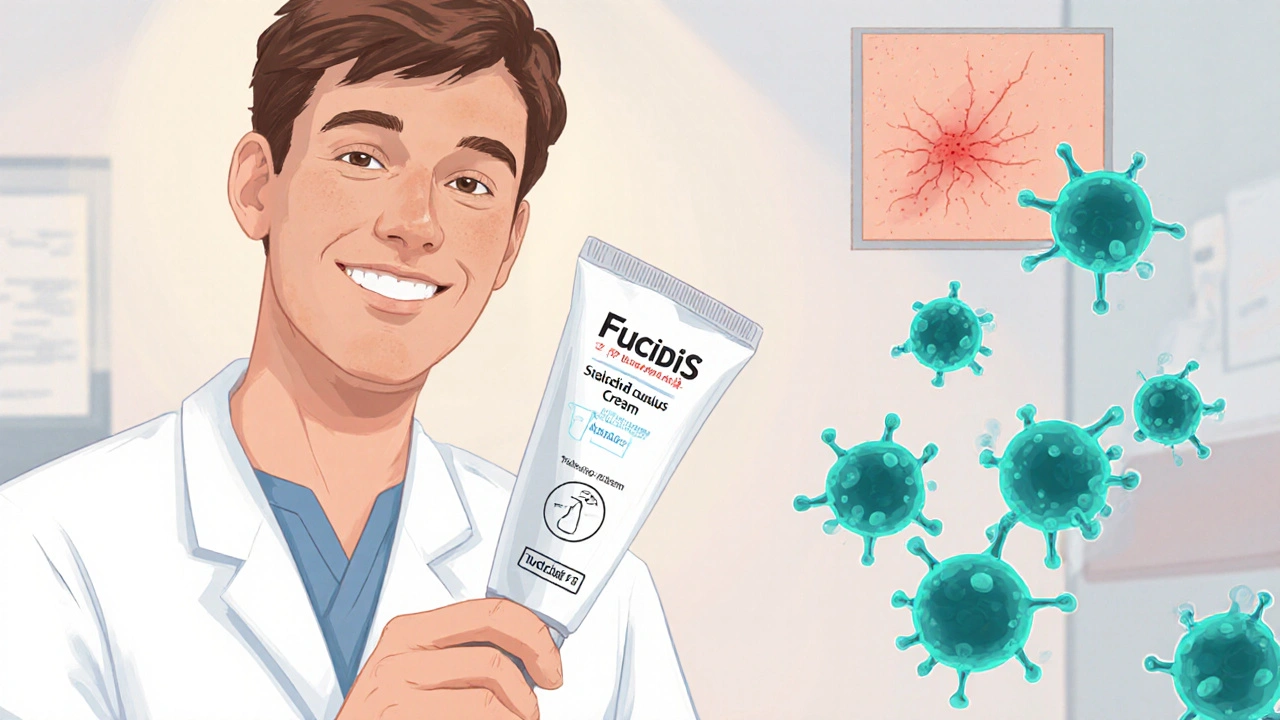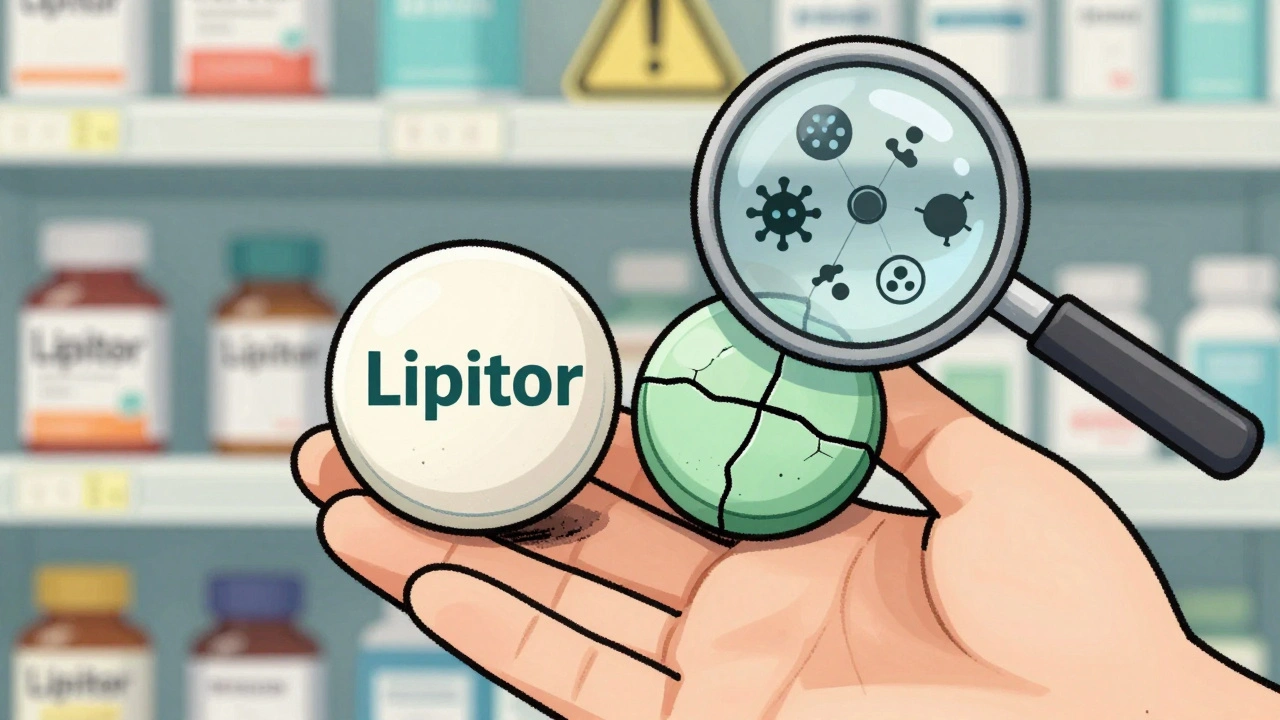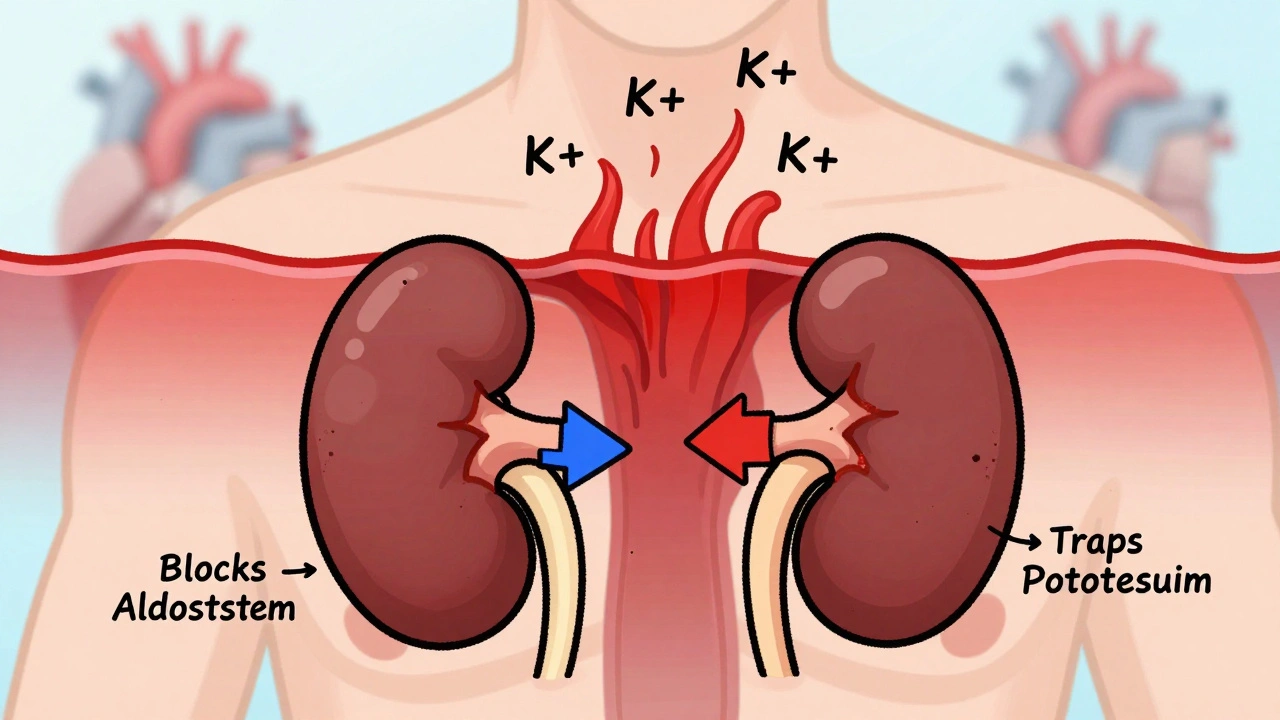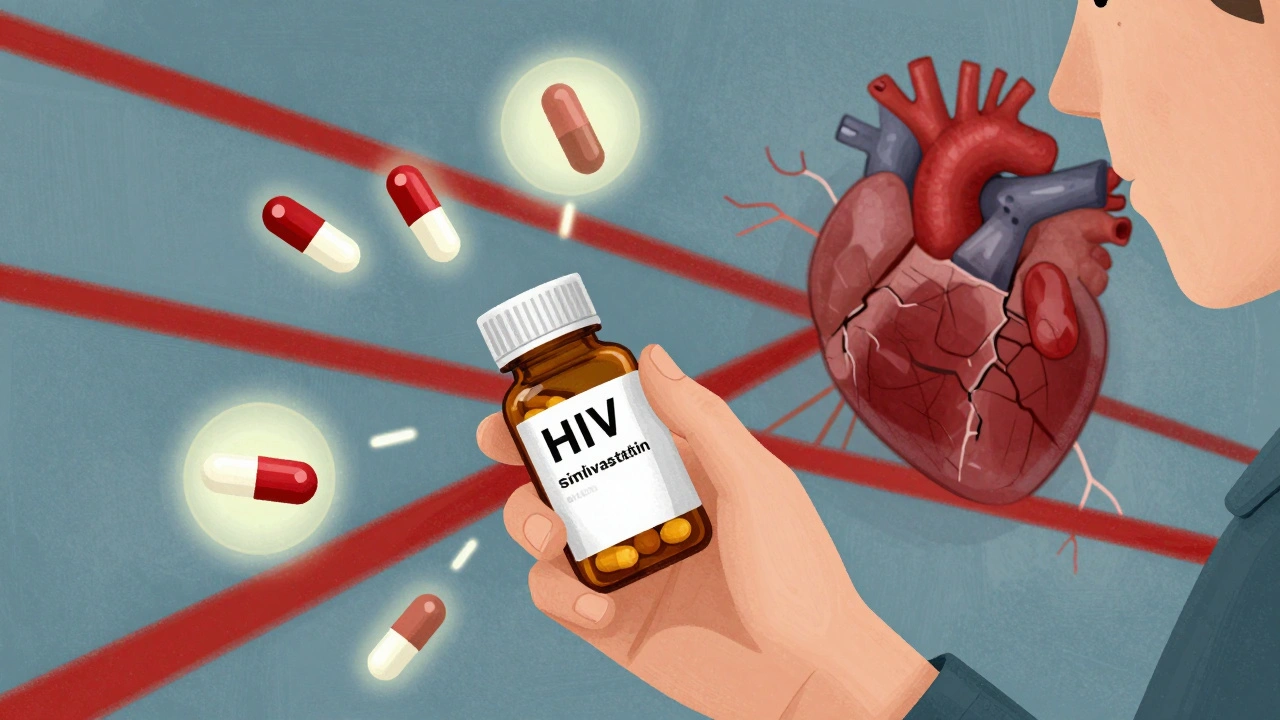Skin Infection Treatment
When dealing with skin infection treatment, the process of identifying and managing infections that affect the skin’s layers. Also known as cutaneous infection care, it helps stop the spread and speeds healing. Most skin infections start as a bacterial skin infection, an infection caused by bacteria like Staphylococcus aureus or Streptococcus pyogenes. To clear those germs, antibiotic therapy, the use of oral or injectable drugs that kill or inhibit bacterial growth is often the first line of action. Understanding how these pieces fit together makes choosing the right skin infection treatment much easier.
Topical tools and the skin’s own defenses
Beyond pills, many infections respond well to topical antiseptics, substances applied directly to the skin that kill microbes without harming surrounding tissue. Creams, gels, and sprays create a hostile environment for bacteria while the skin’s barrier repairs itself. A healthy barrier, rich in lipids and natural flora, acts like a wall; when it’s compromised—by cuts, eczema, or excessive moisture—germs slip through easier. That’s why keeping the skin clean but not over‑scrubbed is a simple yet powerful step in any treatment plan.
Factors like poor nutrient absorption can weaken that barrier. When the gut fails to deliver vitamins A, C, D, and zinc, the skin loses its repair power, making infections linger. Immune status matters too; people with diabetes or a weakened immune system often see infections spread faster. Even seasonal issues matter—tick‑borne diseases such as anaplasmosis introduce pathogens that can cause secondary skin lesions, adding another layer of complexity to treatment decisions.
When a bacterial infection is confirmed, doctors usually pick an oral antibiotic that targets the most likely bugs. Common choices include cephalexin, dicloxacillin, or clindamycin, each with its own dosing schedule and side‑effect profile. For deeper or more stubborn infections, injectable options like vancomycin might be needed. At the same time, applying a topical antiseptic—povidone‑iodine, chlorhexidine, or a benzoyl peroxide gel—helps reduce surface bacterial load and speeds wound closure. In some cases, short courses of topical steroids are added to calm inflammation, but only after the infection is under control.
Prevention is half the battle. Good hygiene, proper wound cleaning, and avoiding the sharing of personal items (like towels or razors) lower the odds of a flare‑up. If you wear earplugs or hearing aids, make sure they’re clean; lingering moisture can turn the ear canal into a mini‑infection hotspot. For people who work outdoors or in tick‑prone areas, wearing long sleeves and using insect repellent cuts the chance of tick bites that could seed skin infections. Finally, stay up to date with vaccinations such as tetanus, which protects against a classic skin‑related complication after injuries.
Knowing when to act quickly can prevent a minor issue from becoming a serious one. Redness that spreads, increasing pain, pus, or fever are red flags that demand medical attention. Most uncomplicated infections improve within a week of starting antibiotics, but finishing the full prescription is crucial to avoid resistance. For patients with recurring skin problems, doctors might run cultures, check for underlying conditions like diabetes, or refer to a dermatologist for specialized care.
Below you’ll find a hand‑picked selection of articles that dive deeper into specific medicines, compare treatment options, and explain how related health issues—like poor nutrient absorption or ear canal infections—can impact skin health. Whether you’re looking for a quick overview or a detailed comparison, the collection is organized to give you actionable insights right away.

Fucidin Cream vs Topical Antibiotic Alternatives: A Detailed Comparison
A clear, practical guide comparing Fucidin cream with mupirocin, clindamycin, neomycin and bacitracin, covering uses, costs, resistance and safety.





